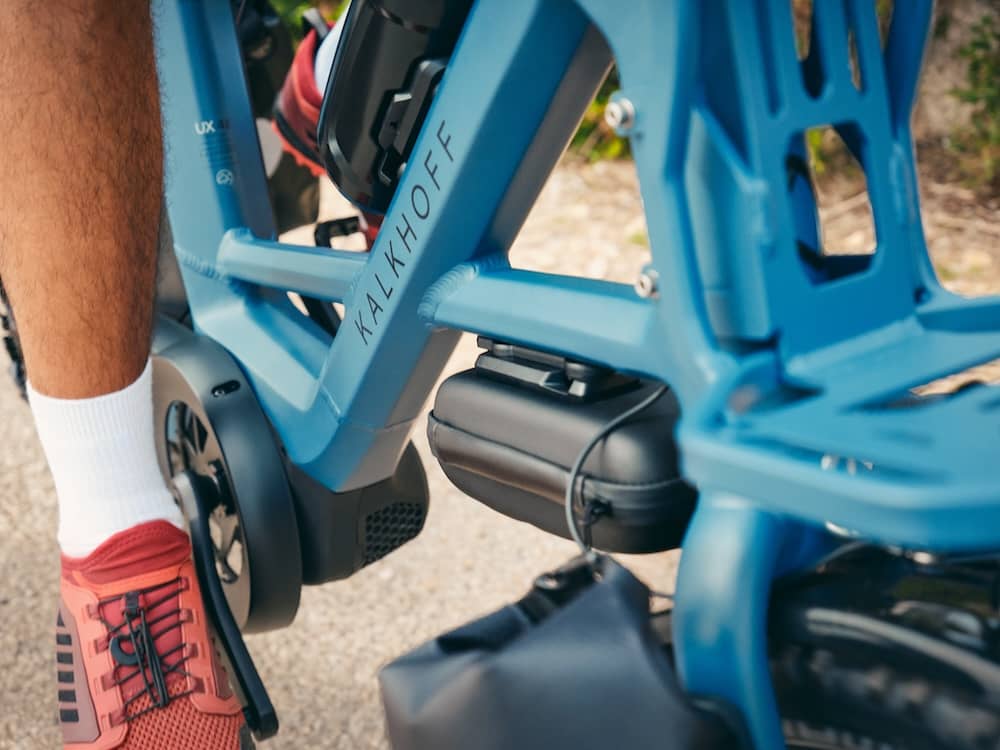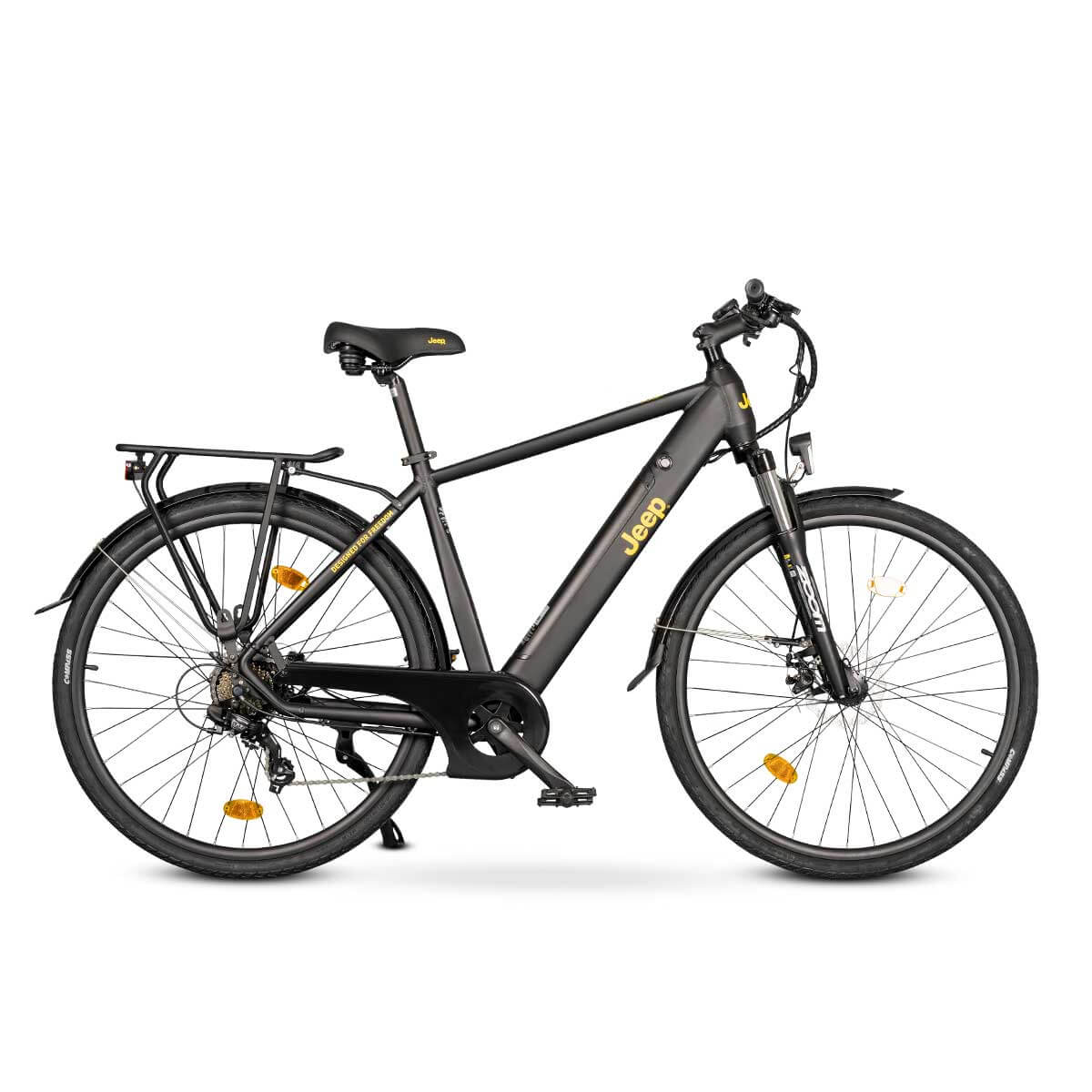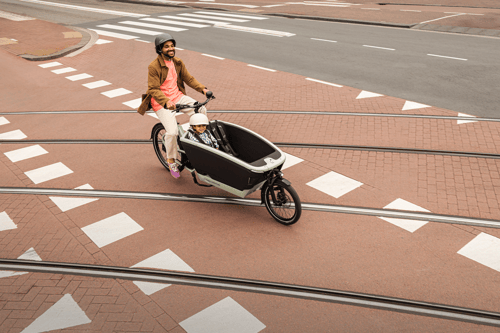
E-bike batteries are diverse and differ in their chemistry, capacity and shape. Lithium-ion and lithium-polymer batteries are currently the most popular, but new developments such as calcium-air batteries could shape the future. Discover the different types of batteries, their advantages and disadvantages and valuable tips for longer life and optimal use.
There are various types of batteries for e-bikes, which differ mainly in the type of battery chemistry used, their capacity and shape. The most common battery types are currently
Lithium-ion and lithium-polymer batteries are the most widely used and most powerful batteries today. They are characterized by a longer service life, can be recharged more quickly and are relatively light even at high power.

Developments
In addition to conventional rechargeable batteries, significant progress has been made in recent years in the development of calcium-air batteries with the aim of improving performance and efficiency.
There are now promising alternatives to the lithium-ion battery, such as the calcium-air battery. This innovative technology has the potential to play a significant role in the energy transition, as calcium is around 2,500 times more abundant than lithium, making it a much more sustainable resource.
Scientists have discovered that calcium-air batteries have the potential to rival the storage properties of lithium-ion batteries in the future. In the latest tests, calcium batteries demonstrated an impressive storage capacity of 500 milliampere-hours per gram in numerous charge and discharge cycles, which is around 50 percent more than current lithium-ion batteries.


It is recommended to store the battery in a cool, dry place, ideally at temperatures between 10 °C and 20 °C. Storing the battery in the cellar or garage is better than storing it indoors due to the cool temperatures. If the e-bike is not used for a longer period of time, the battery should be kept at around 50-70% charge, removed from the e-bike and stored separately. A charge level between 30 and 60 % is ideal.
Clean the battery regularly with a damp, soft cloth to remove dirt and moisture. Make sure that the contacts are clean and dry.
A regular inspection of the e-bike by a specialist dealer is also important!
Old or damaged batteries should be disposed of in an environmentally friendly manner. Many retailers and recycling centres offer special programmes for the return and safe disposal of lithium-ion batteries.
Conclusion
E-bike batteries have evolved significantly through advanced technologies and offer impressive performance and longevity. Future innovations such as calcium-air batteries promise an even more sustainable and efficient energy source. Proper positioning, care and charging practices are critical to maximise battery life. Through careful maintenance and environmentally friendly disposal, e-bike owners can not only enjoy their ride but also make a contribution to protecting the environment.
At a time when the focus is on environmental awareness and sustainable mobility, the company bike is becoming increasingly important as an ecological alternative to the company car, especially in urban areas. It's a good thing that there is a wide range of company bike options available. It can be difficult to decide on the right model. We have taken a close look at various types of company bike and examined their individual requirements.

The e-bike is enjoying great popularity and at the same time many dog owners are experiencing the challenge of letting their four-legged friends take part in their tours. But a ride together with your four-legged friend can be enriching for both owner and dog. We have summarized the advantages and practical tips for this joint adventure.

The security of bicycles, especially e-bikes and company bikes, is an important issue now more than ever, especially in urban areas. A stolen bike not only means a financial loss, but can also cause considerable inconvenience and emotional distress, especially if it is used as a daily means of transportation. Find out how to identify secure parking spaces, which locks are best and how you should act quickly and effectively if your bike is stolen.
